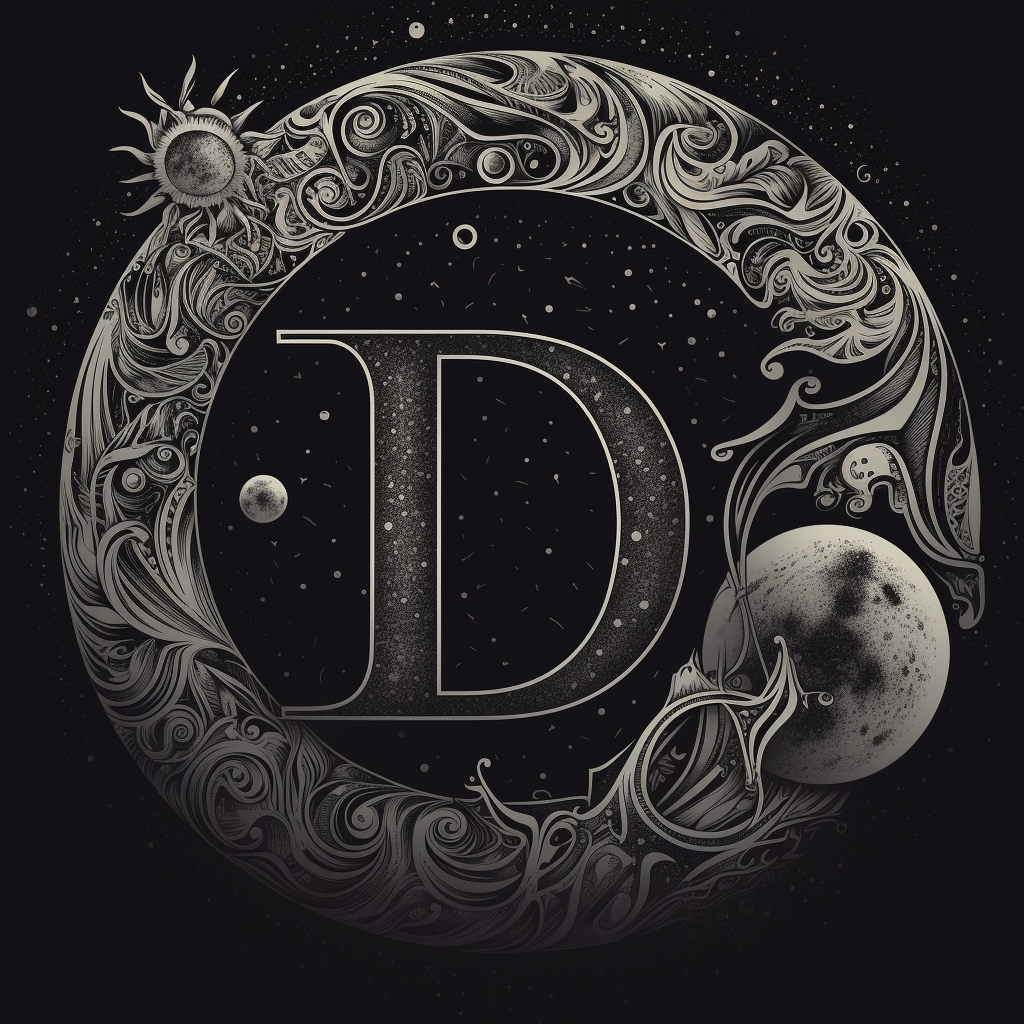Bone Thorns
Also called "osseus perforation" or "bone coral", the horrific disease colloquially known as bone thorns causes the bone tissue in an indvidual's skeleton to break down and change structure, often forming aberrations and growing into sharp ridges, spines or growths that push through the skin, puncturing it.
Causes
How an afflicted person acquires bone thorns is still somewhat of a mystery. Many claim it is genetic and unavoidable, while others dispute this, saying the condition is brought about by injury, bones and joints that break and reform incorrectly. Most experts will tell you that it is both: it is brought on by injury but a genetic history of the addliction will vastly increase the chances of contracting it.
Regardless, it is a fact that the disease occurs more often in victims older than 50 who suffer from other conditions that cause bone and muscle aching.
Symptoms
The first sign of bone thorns is severe aches in the joints or specific bones within the body. Although the condition can start in any bone, the disorder most commonly affects joints in the hands, knees, shoulders, hips and spine. This will be followed by growths or protrusion below the skin where they did not previously exist.
Treatment
If it is caught early enough, surgery can be performed to remove the entire affected bone. Provided this is not a vital bone, the afflicted person has a good chance that the disease will not continue to spread. If it does however, more bones can be removed, though it becomes more and more dangerous and the chance of success drops dramatically.
If the bone thorns have spread too far and affected too much of the skeleton or even the spine, there is no treatment.
Prognosis
After 1-2 weeks of pain or discomfort, feeling over the bone or joint will reveal a protrusion or shape that was not there before. As this increases in size, it will grow more and more painful. Several weeks after this, it will be extremely noticable just by looking at it. The 'thorns' will continue growing outwards, pushing at the skin and pulling it tight.
At 6-8 months, the bone thorns will have grown to a point where an incredible amount of pressure is building beneath the surface of the skin, causing constant agony. At this point, incisions can be made so relieve this pressure in a way that the wound can be dressed and it can heal around the growth. Otherwise, one will be forced to endure the slow process of the bone thorns eventually splitting the skin and potentially not healing correctly.
Interestingly, once the bone thorns have punctured through the skin, the nerve endings within the bone tissue will deteriorate. While the growth will continue growing, the victim will only feel a numbness spreading from the source of the protrusion.
This is not necessarily always a death sentence, but most of the time the bone growths will end up puncturing vital internal organs or it will spread to the spine and paralyse the victim, after consuming food and liquid and even breathing become very difficult.
Type
Physiological
Cycle
Chronic, Acquired & Congenital
Rarity
Rare
Remove these ads. Join the Worldbuilders Guild




Oof! That is absolutely a brutal disease! Talk about... growing pains! Great article, and a great illustration!
Appreciate it, thanks so much!